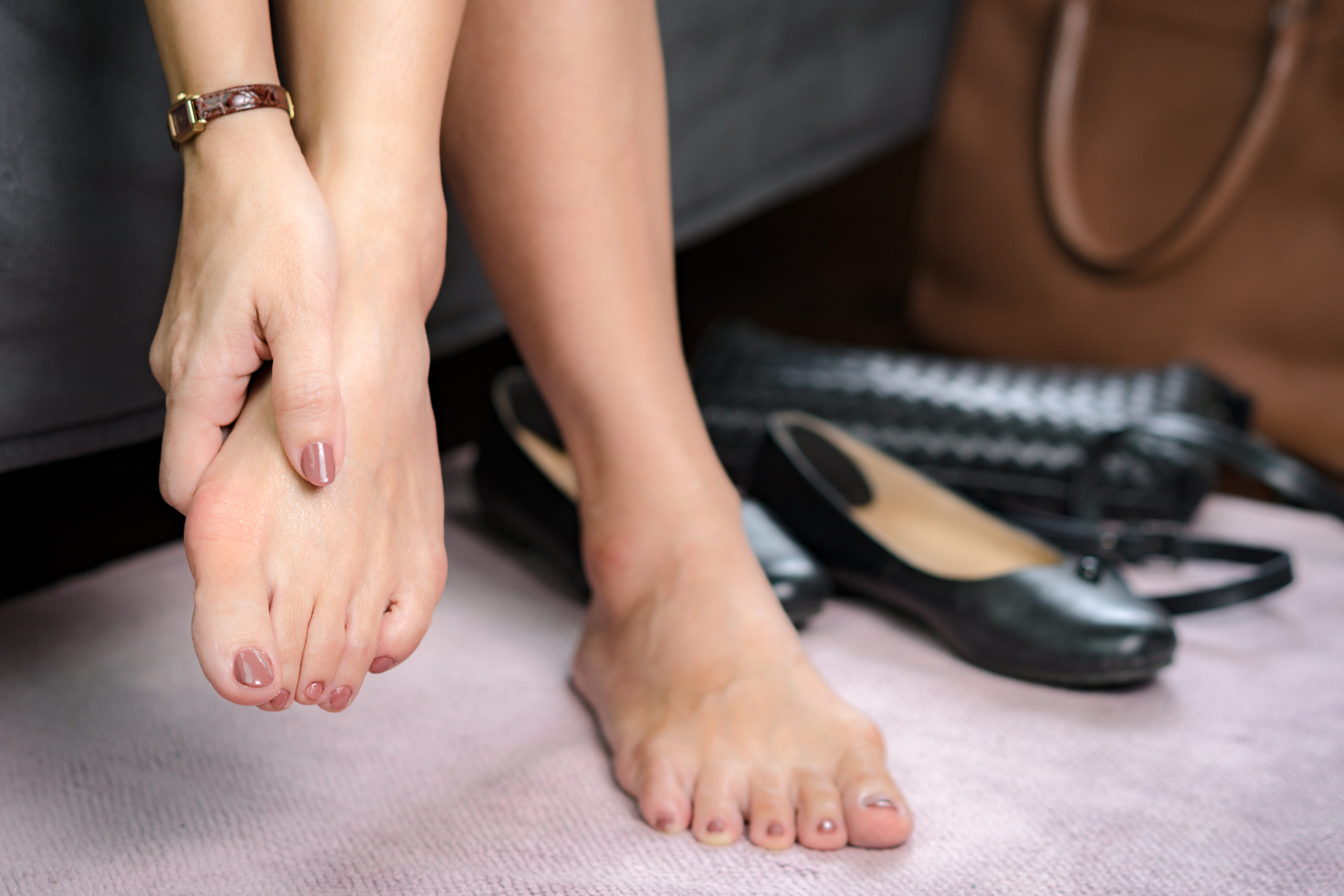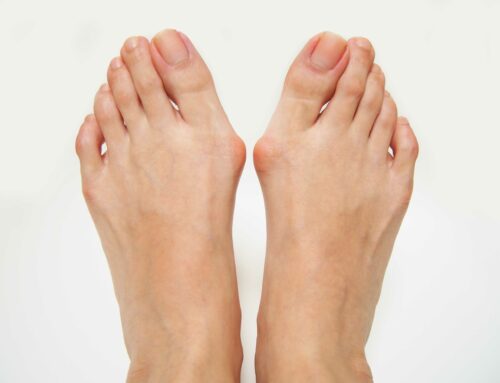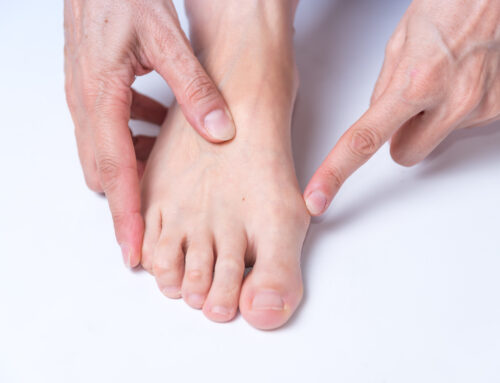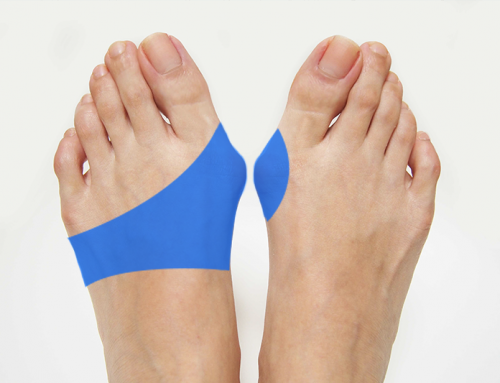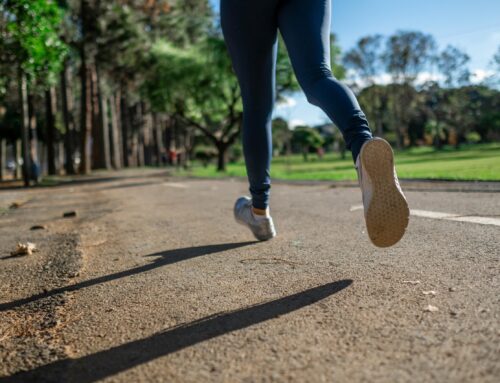As anyone who’s ever suffered from bunion pain can tell you, getting a bunion is an unpleasant experience. Bunions –– even at their mildest –– are unsightly and painful. In some instances, they may even prove seriously disruptive and prevent a person from engaging in basic daily activities. As such, taking some bunion prevention measures now could make a big difference for your foot health and comfort in the future. Here, we’ll outline some key ways that you can limit your risk of developing bunions, as well as general best practices for addressing foot pain:
What Causes Bunions?
Bunions form as a result of internal pressure within the foot. When muscles, joints, and tendons become misaligned the subsequent pressure can form a bony mass along the big toe joint that we call a bunion. From there, bunions tend to get larger and more painful over time.
It’s possible that both genetic factors and lifestyle choices can contribute to the formation of bunions. This can make it somewhat tricky to achieve success with traditional bunion prevention methods. The very shape of your foot could make you more susceptible to having bunions later in life. However, it is still possible to lower your risk of developing bunions through good foot-health practices.
Bunion Prevention Methods
One of the best things you can do to protect your feet is to reconsider your choice of footwear. Tight-fitting shoes (like high heels in particular) are often associated with bunions and other painful foot conditions. In addition, it’s a good idea for all individuals to practice foot and toe stretches as they age. Unfortunately, some people still may not be able to achieve bunion prevention even if they take great care with their feet. In such instances, it’s important to speak with a doctor as soon as you notice any abnormalities or pain points on your feet. The sooner you address bunion pain, the better off you’ll be.
Foot Pain Treatments
It might seem fairly obvious to identify a bunion when you have one. However, not all bunions are large or noticeable at first. What’s more, it is possible to misdiagnose a bunion with other conditions that could affect your foot and your health. That’s why it’s crucial to speak to a podiatrist if you experience foot pain. Keep in mind also that over-the-counter treatments for foot pain –– like sleeves, pads, and other appendages –– are unlikely to address the root cause of any issue. So if you want to get rid of a bunion, consider more intensive bunion prevention methods, or correct hammertoes, then it’s in your best interest to discuss your treatment options with a specialist first and foremost. In fact, the only way to reverse a bunion for good is to have it surgically removed.
While foot pain may not initially appear like a priority, waiting to seek treatment could cause further health issues down the line. And it may also lead to higher medical costs and longer recovery times following treatment. Therefore, following bunion prevention methods and seeking help if they fail is important.
Contact Us for Bunion Prevention Guidance or Foot Pain Treatment
At Northwest Surgery Center, we specialize in treating foot-health issues like bunions, hammertoes, and heel spurs. Our team are experts in minimally invasive surgical techniques, and we can help you get back to living your life free from foot pain once again. Contact us today to learn more about our processes or to schedule an appointment ASAP.
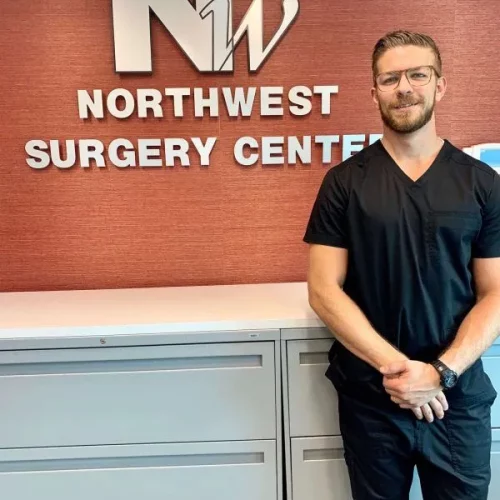
Reviewed By Dr. Sullivan
Dr. Jordan Sullivan, DPM, is a board-certified podiatrist at Northwest Surgery Center specializing in minimally invasive foot and ankle procedures. He’s passionate about helping patients get back on their feet faster with less downtime.
Learn more about Dr. Sullivan here.
